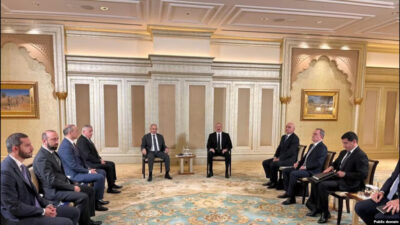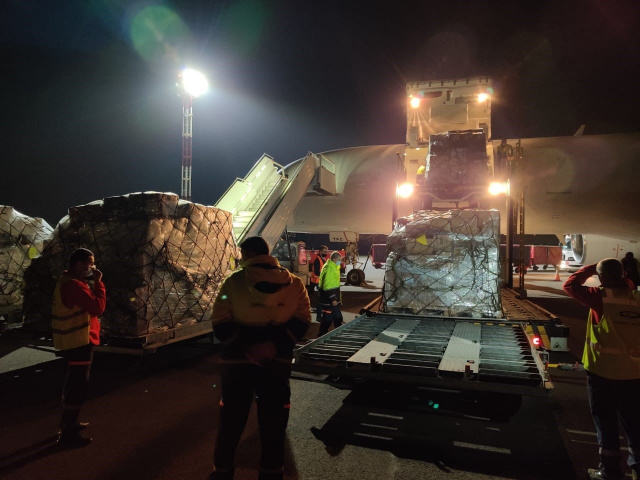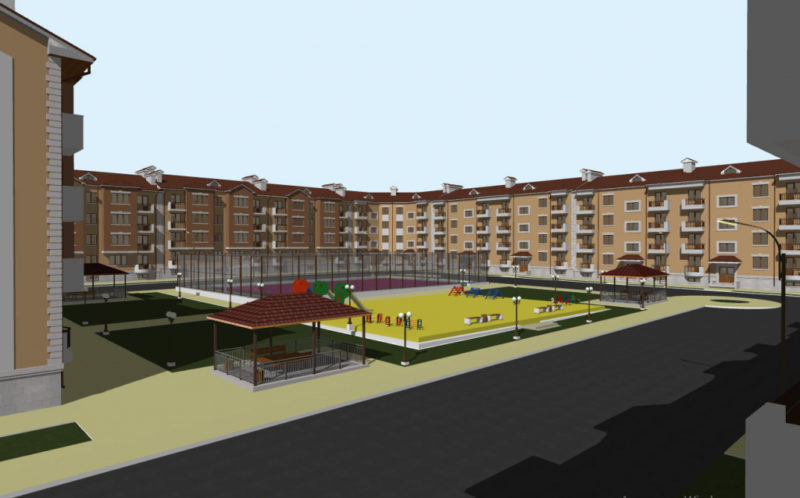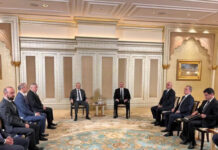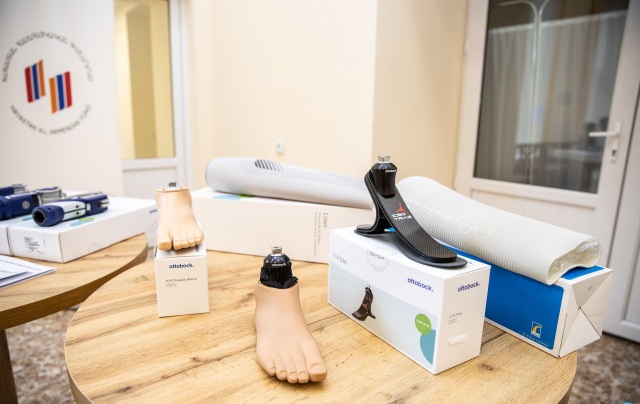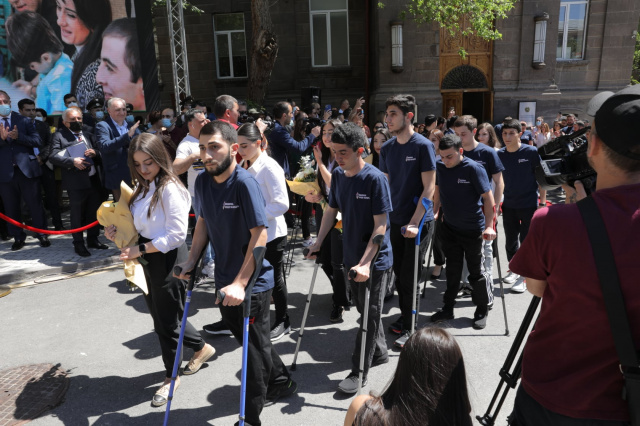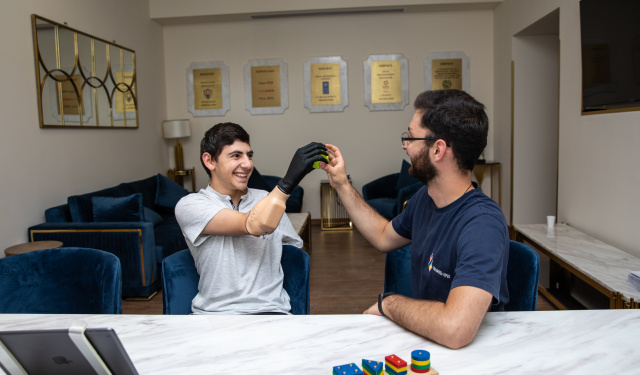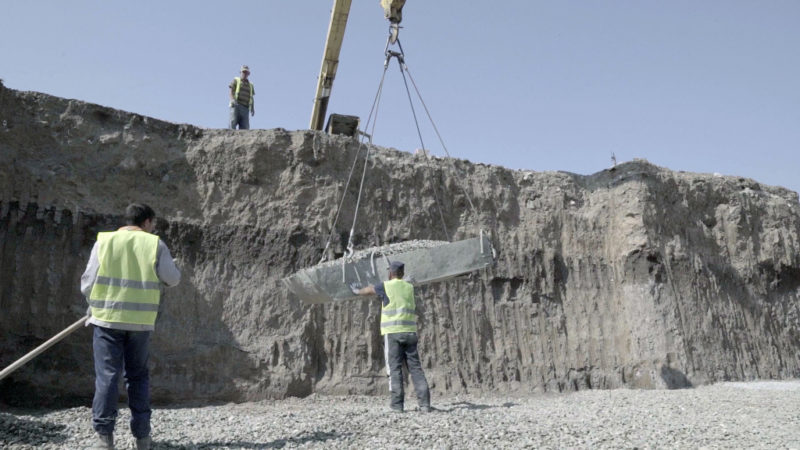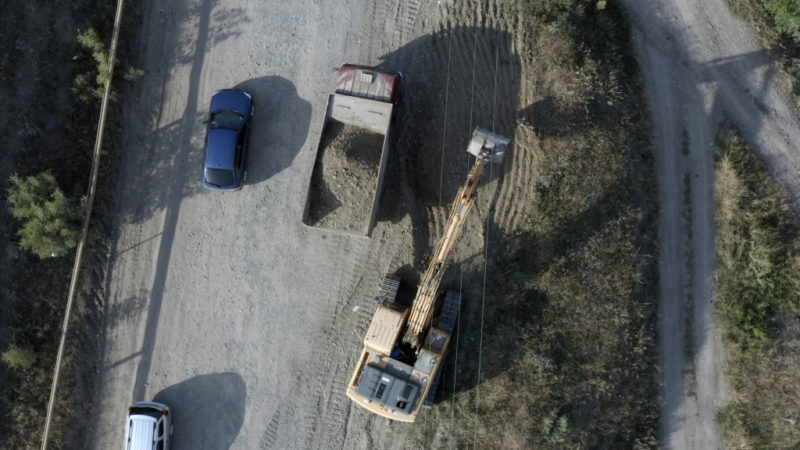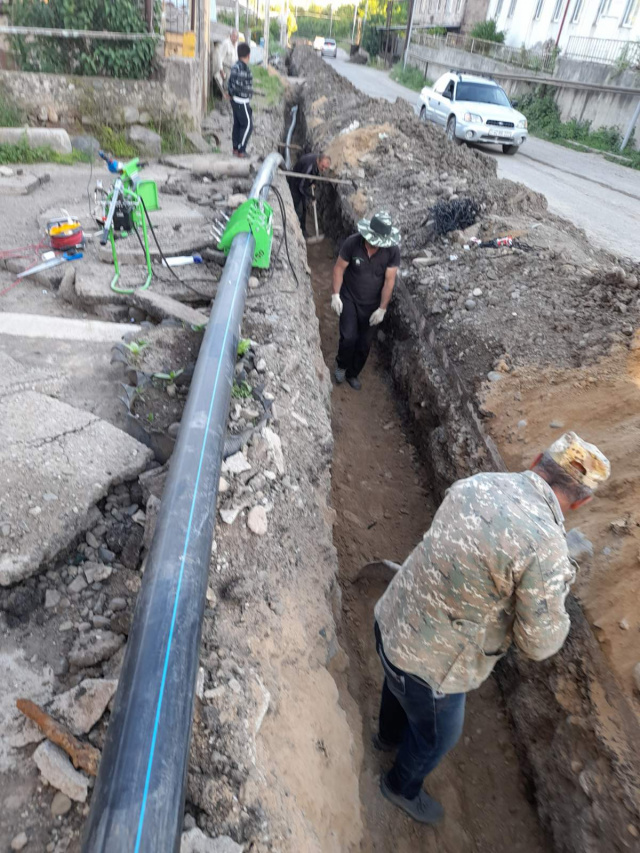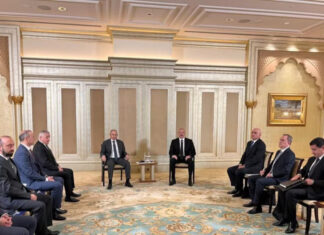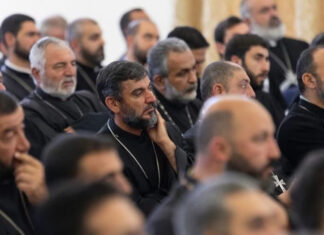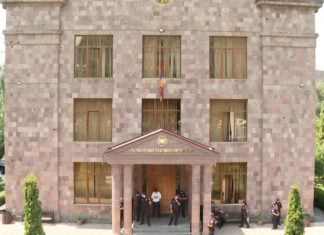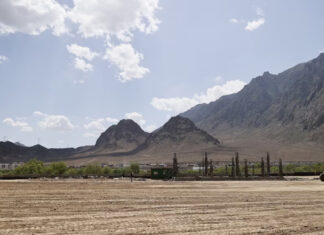NEW YORK – Executive Director of the Hayastan All-Armenian Fund (“Himnadram”) Haykak Arshamyan briefly visited the United States at the end of August on a working visit. He provided information about the activities of the fund during and after the war to the Mirror-Spectator at the tail end of this trip. While the Himnadram helped the Armenian community in Lebanon last year after the August explosion in Beirut’s port, engaged in a campaign raising some $800,000 to help Armenia deal with Covid-19, and had various other projects, Arshamyan primarily discussed the fund’s work concerning the 2020 Artsakh war and its aftermath.
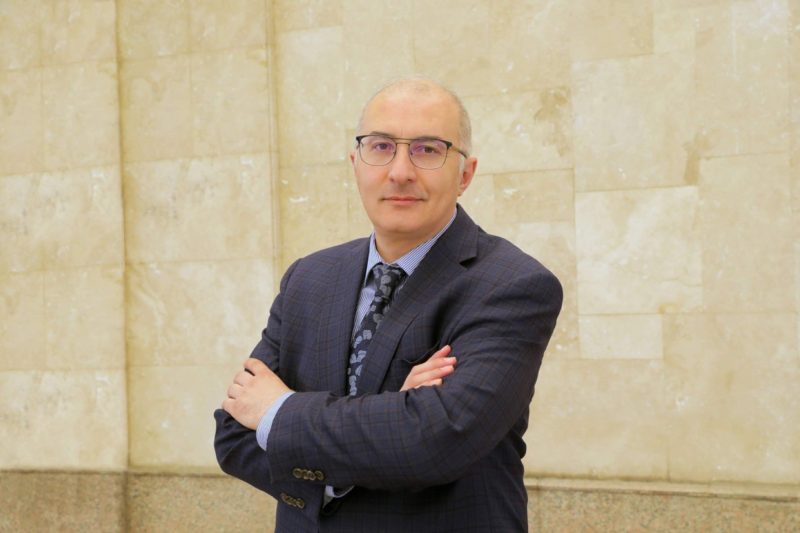
The Fund
The Hayastan All Armenian-Fund is an independent, humanitarian nonprofit organization, Arshamyan said, with Armenian state representatives participating as members of its board of trustees along with representatives of diasporan political forces and church denominations. He said, “The Himnadram is only subject to its board’s decisions, and its mission statement.”
The board discusses its annual general goals, but in addition, during the course of each year, proposals are made from the Himnadram itself, its donors and various government ministries. Arshamyan said that its mechanism is very flexible.
Its board during some years has met to ratify decisions only a few times during the year, but over the last one or two years the trustees have been very active, Arshamyan related, especially during the war. Furthermore, at any time, he is able to consult with any desired trustee for advice. However, the trustees are in general very busy with their own demanding careers, so they are primarily representative in their roles and do not in general carry out programs themselves.
When asked whether the board might be broadened in the future, Arshamyan explained that in 1992, well known representatives of the diaspora and government officials were chosen. If new organizations join the board now, there will be many similar ones that will want to be on it too, and this will create a problem, he said. Furthermore, the larger a board, the slower it will work, Arshamyan said, and it is already large. It should perhaps even be made smaller, he added.
